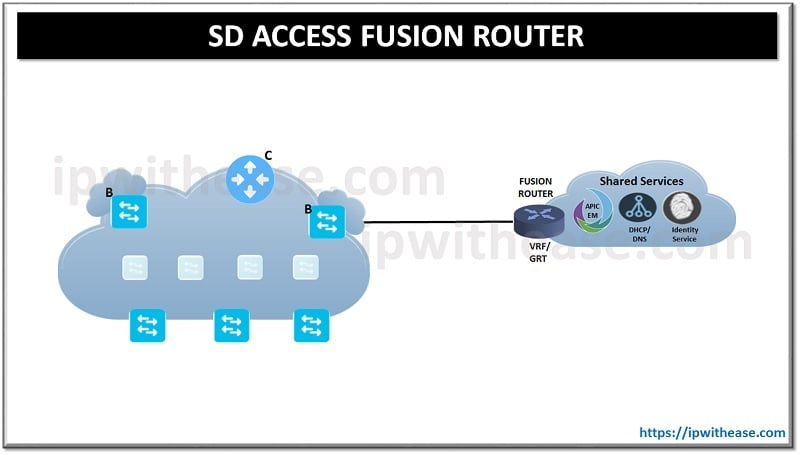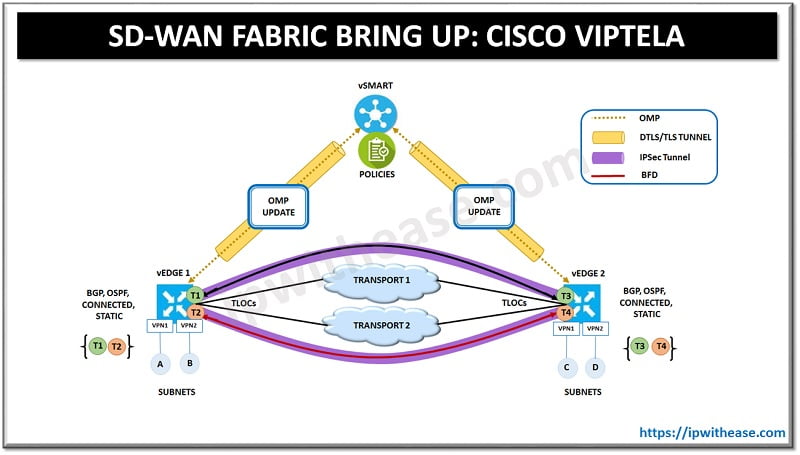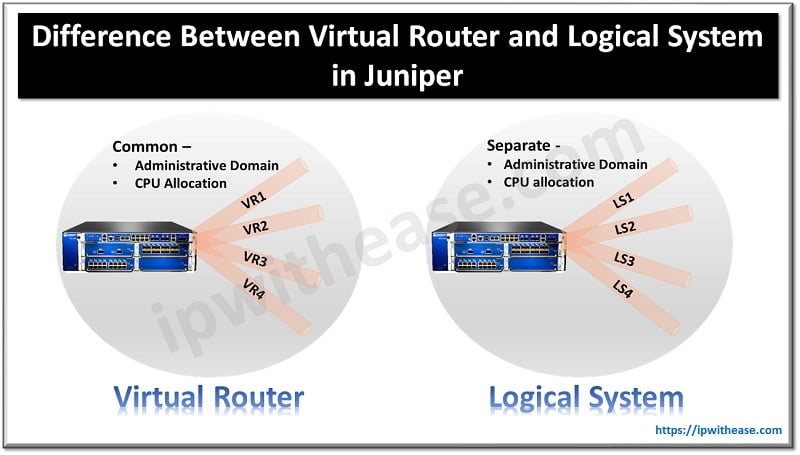Fusion is the process of combining two or more elements together into one. With the advent of cloud many resources are provided in a shared space and in shared model. Parallelly the traditional networks do exist and at times there is a need to integrate existing Live traditional network with new SD Access Fabric network. SD Access provides policy-based automation from edge to the cloud.
Today we look at SD Access fusion routers, their features, functionalities, purpose they used for, use cases etc.
About Cisco SD Access Fusion router
Cisco SD Access fusion router enables virtual routing and forwarding (VRF) spread across SD- Access fabric domains, and enables host connectivity to shared services such as DHCP, Domain Name System (DNS), Network Time Protocol (NTP), Wireless LAN Controller (WLC), Identity Services Engine (ISE), Cisco DNA Centre, Wireless LAN Controllers (WLC) etc. All virtual networks should have access to shared services in a campus and this is created by Border gateway protocol (BGP) peer to the fusion routers. Route maps are used to help containing routing tables to subnet specific to SD-Access Fabric.
In SD Access architecture fusion device is responsible to provide access to shared services for endpoints residing in fabric. There are two ways in which this can be achieved but this would depend on how shared services are deployed in the network. Namely route leaking and VRF leaking, in either case fusion device need to deploy in VRF-Aware state.

Route leaking –
Route Leaking option is used when shared services routes are in Global routing table (GRT). In fusion device IP prefix list is configured to match the shared service routes.
Related: Route Leaking between VRF and Global Routing Table
VRF leaking –
In VRF Leaking when the deployment of shared services is on dedicated VRF on a fusion device. In VRF configuration route targets are used to leak between fabric Virtual networks and shared services VRFs.
A fusion router in SD access has several requirements such as multiple VRFs, VLAN tagging, sub interfaces or switched virtual interfaces, BGPv4 and MP-BGP extensions for extended communities’ attributes. Fusion router resides outside SD Access fabric hence its configuration is manual.
Functions
Fusion routers perform multiple functions in SD-Access Fusion Router
- They act as DNS (Domain Name System) server.
- They provide additional forwarding capacity to fabric.
- Performs route leaking between user defined virtual networks and shared services.
- Provides connectivity to external networks.
Features of Cisco SD Access Fusion Router
- Increases uptime
- Multi-site connectivity
- Identify based policy and segmentation
- Single fabric for wired and wireless and workflow-based automation
- Supports analytics and insight into user and application behaviour
- Secure segmentation for users
- Automation of daily tasks such as configuration, provisioning and troubleshooting
Continue Reading:
What is VRF? VRF Complete Guide
Introduction to Cisco SD-WAN (Viptela)
What is Terraform? An Overview
ABOUT THE AUTHOR

You can learn more about her on her linkedin profile – Rashmi Bhardwaj



